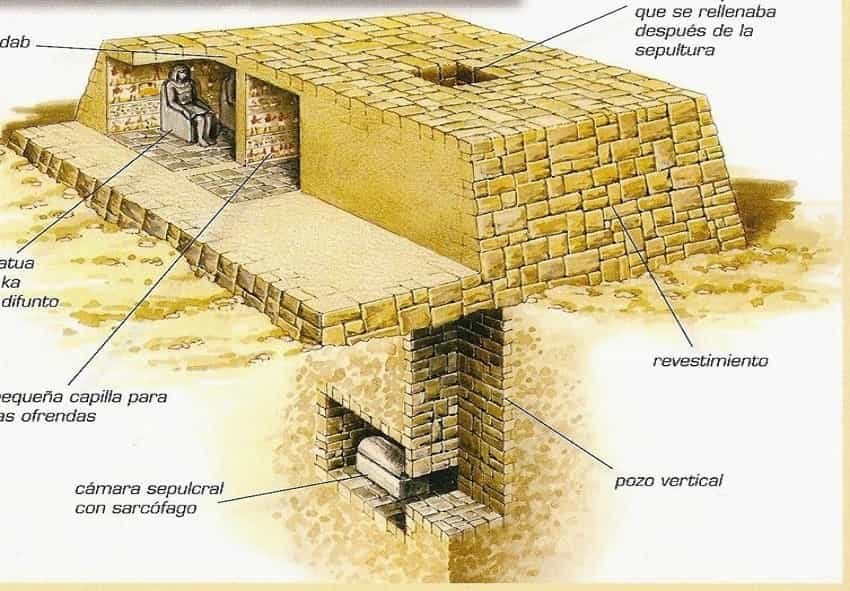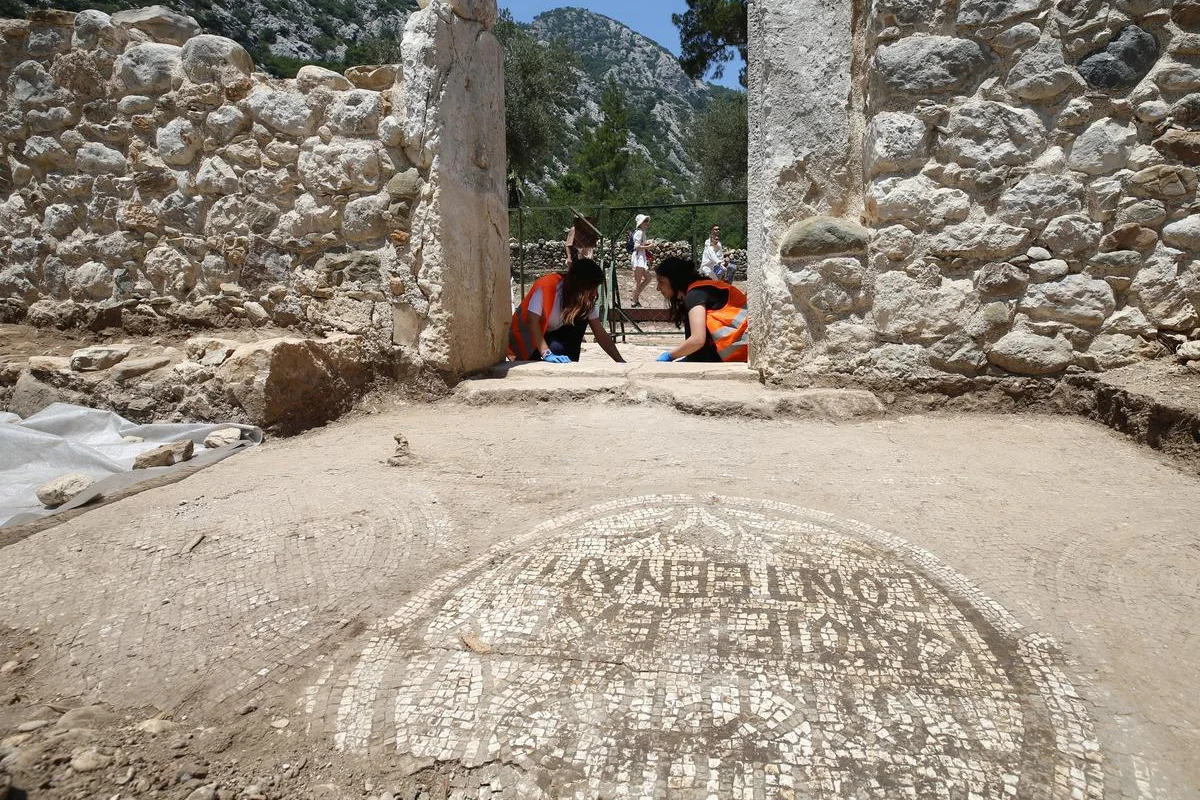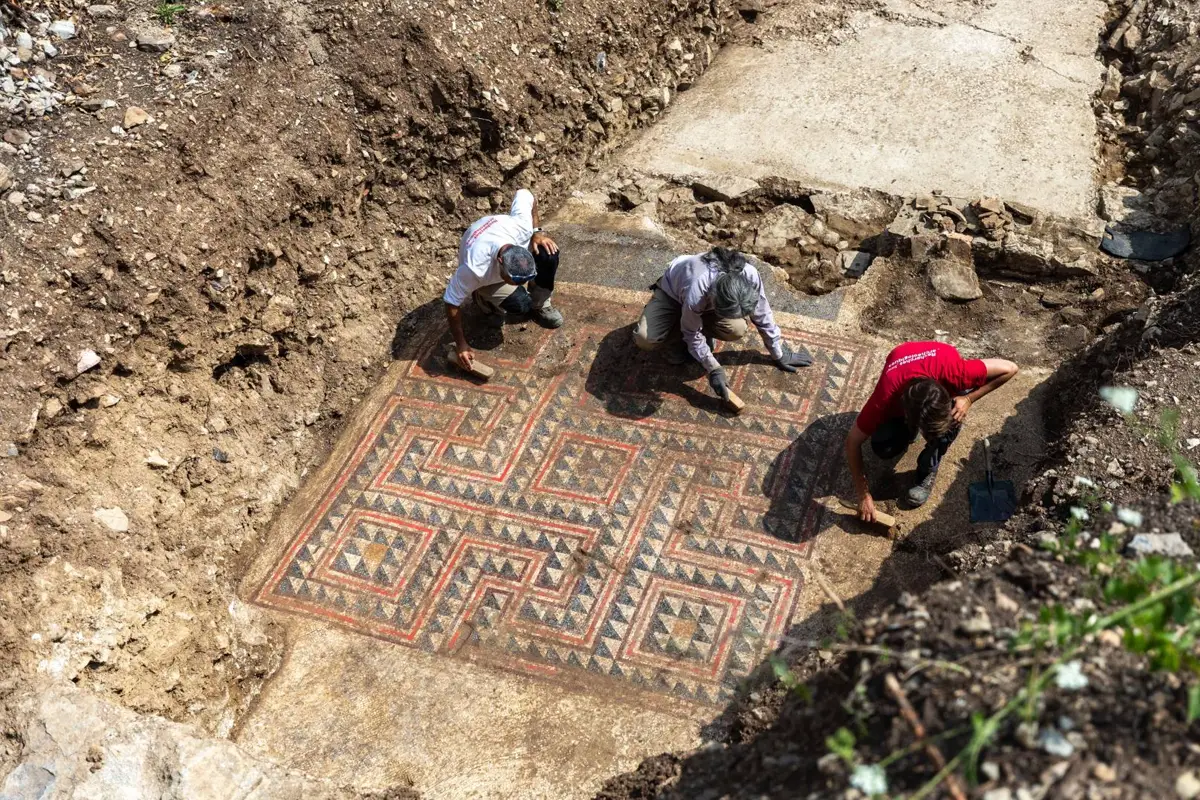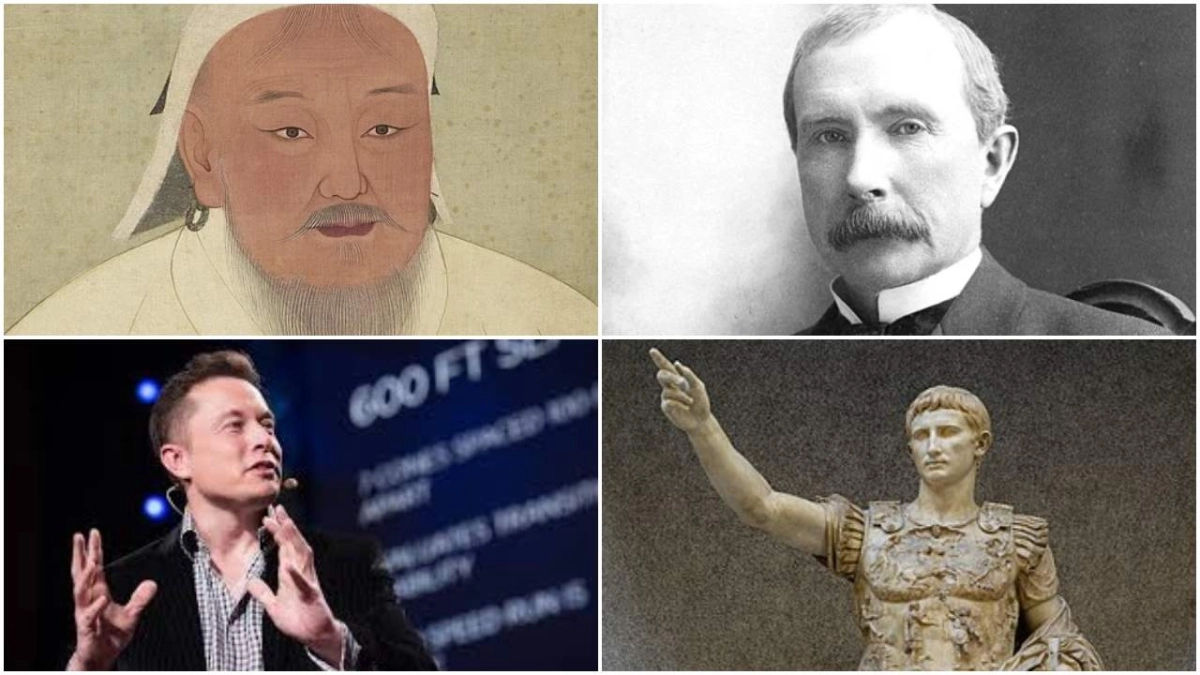The mastaba is a style of ancient Egyptian tomb with a rectangular base, a flat roof, and sloping side walls made of stone or adobe bricks (mud from the Nile River). In ancient Egyptian, the mastaba was known as the "house of stability" or "house of eternity."
During the Archaic Period (Early Dynastic Period) and the Old Kingdom in Egypt, these structures served as the final resting places for numerous ancient Egyptian figures.
Mastabas were still used for various characters for more than a thousand years after the Old Kingdom, but pyramids were starting to be employed for pharaoh burials.
Location
Since the tombs needed to be placed far from the Nile floods, their location was crucial. They had to be where the dead started their journey to the afterlife—in the desert, west of the river, where the sun sank. They called the spirits of the dead "western" because they believed that the gateway to the afterlife, or Duat, lay to the west.
Construction features
Following Imhotep's construction of the stone Saqqara burial complex for pharaoh Djoser, mastabas began to be constructed originally with adobes (mud bricks) and then with stone. During the third dynasty, mastabas were common among the pharaohs and their principal wives.
Mastaba of Shepseskaf
Early graves
The earliest were adobe-walled holes sunk into the earth and separated into a number of chambers. The deceased were to be buried in the center chamber, which held their funeral attire and other items for the afterlife.
The Mastaba
There are two levels to this construction: an upper level with a chapel that resembled the deceased's home and was used by family members to leave offerings, and a lower level with the burial chamber, which was reached by means of long vertical shafts that were shut after the mummy was deposited. One or more "false doors" with relief decorations might be seen in the eastern part, which was meant to represent the spirit.
The most opulent had many chambers and serdabs that were lavishly adorned.
Interior of the mastaba of Idou, Giza
Saite mastabas
Mastabas lost their original shape during the Saite period (twenty-sixth dynasty) of ancient Egypt. They had no underground chamber and were just plain mud-brick structures built above the ground.
The mastabas at this time occasionally housed a family pantheon, stacking several tombs on top of one another and providing an external staircase to access the uppermost ones.
To shield the dead from the flood's dampness, Lower Egypt frequently used this odd arrangement.
In Egypt, there are countless mastaba structures, many of which include internal chapels with lovely wall murals. These paintings are a great source of information on modern living, in contrast to the Pyramid texts, which exclusively included formulas for the afterlife.
The mastabas were a step in the evolution of the Egyptian pyramids. Imhotep, the architect, decided to add five additional mastaba structures, whose bases are increasingly thinner, on top of the oldest, the Step Pyramid of Saqqara, which was initially intended to be a single mastaba.










